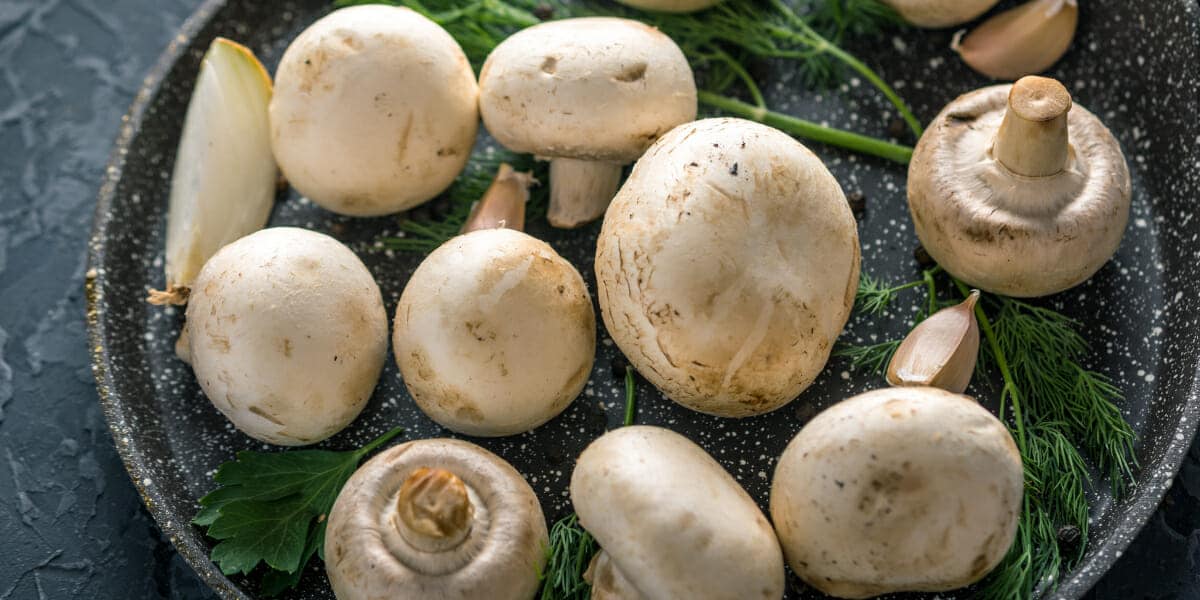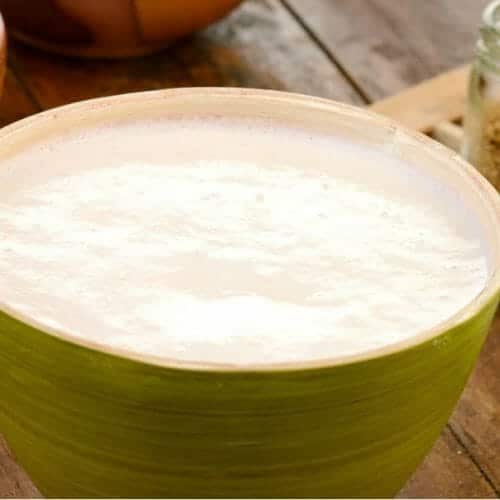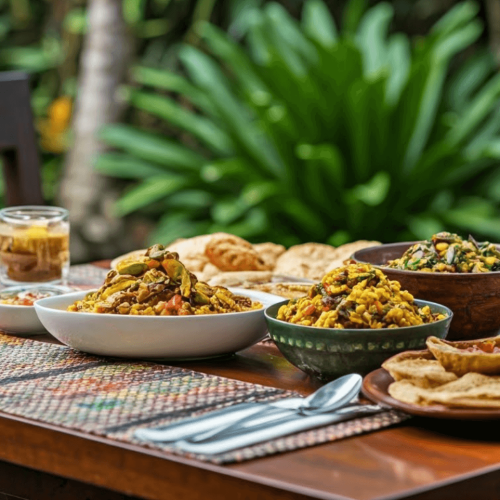Mushrooms are one of the most versatile ingredients in cooking. From an earthy flavor to a meaty texture, mushrooms offer something unique not found in any other vegetable. Whether new to cooking or a seasoned chef, exploring how mushrooms can enhance your dishes will surely open up a world of flavors and textures for you to enjoy.
This article will discuss some fantastic ways to use mushrooms in cooking. We will look at different types of mushrooms and how they contribute to various dishes. You’ll also learn about creative uses for these fungi and tips on selecting them from the store and preparing them correctly.
By the end of this article, you should have all the information needed to start using mushrooms in exciting new recipes! So let’s jump right into discovering just what makes these little morsels so unique – and delicious!
Overview Of Mushrooms
Tucked away in the dark, damp crevices of the earth lies a plethora of potential; an often overlooked ingredient that has been around since the dawn of time – mushrooms. From shiitake to morels, chanterelles to enoki, these mysterious fungi can be used in all sorts of sweet and savory dishes. In this article, we’ll look at some surprising ways to use mushrooms in your cooking and discover why they are so unique!
Mushrooms have long been celebrated for their unique flavor profile and health benefits. They are high in protein, dietary fiber, and essential vitamins such as B-12 and C, making them an ideal choice for vegans and vegetarians looking to increase their plant-based protein intake. Moreover, many species contain compounds with anti-inflammatory properties thought to help protect against diseases like cancer and heart disease.
But don’t let these nutritional facts fool you – mushrooms add incredible depth and complexity to any dish. Whether adding umami notes to broths or giving risottos their signature creaminess, there is something magical about how mushrooms work their magic on food. No wonder chefs worldwide have developed inventive recipes featuring these untapped ingredients!
Nutritional Profile Of Different Varieties
Now that we’ve explored the versatility of mushrooms in cooking let’s look at their nutritional profile. Different varieties have different levels of vitamins and minerals, so it pays to research before heading off to your local market or grocery store.
For instance, shiitakes are rich in B-12. In contrast, white button mushrooms contain high amounts of vitamin C – essential for healthy immune systems. Portobellos are also an excellent source of iron, while maitake mushrooms are known for their anti-inflammatory properties. All this makes them not just tasty but nutritious too!
No matter what type you choose, one thing is sure: adding mushrooms to your diet will open up a world of culinary possibilities and nourish your body. With some creativity, there’s no telling what flavor combinations you can develop using these versatile ingredients!
Health Benefits Of Eating Mushrooms
Not only are mushrooms delicious, but they also offer many health benefits. Eating them regularly can help reduce the risk of chronic diseases, strengthen immunity, and even improve heart health.
Mushrooms contain several beneficial anti-inflammatory compounds – such as beta-glucans, polysaccharides, and ergothioneine, which boost immune system function. Additionally, some varieties, like shiitakes, have high levels of antioxidants which can aid in preventing cell damage caused by free radicals. They’re also low in calories yet packed with essential minerals and vitamins like iron, calcium, potassium, magnesium, and B – making them an excellent addition to any balanced diet.
Finally, eating mushrooms has been linked to improved mental well-being due to their ability to increase serotonin production in the brain. Serotonin is a neurotransmitter associated with mood regulation and better sleep quality. So next time you’re looking for something nutritious and filling to put on your plate, why not try mushrooms?
Tips For Choosing Quality Mushrooms
Now that you know the health benefits of incorporating mushrooms into your diet, you must understand how to select the right kind. Here are some tips for choosing quality mushrooms:
First, look for those with a firm texture and minimal bruising. Mushrooms should have an even color throughout and be free from mold or discoloration. Also, take note of their size – smaller ones tend to be more flavorful than large ones as they will cook faster and absorb more flavor from other ingredients in your dish.
Additionally, when shopping for fresh mushrooms, ensure the packaging is not damaged or torn. This helps ensure they’re kept at the ideal temperature until ready to use. If buying pre-prepared mushrooms such as canned varieties, always opt for organic whenever possible. Doing this ensures you get all the nutritional benefits without exposure to pesticides or chemicals used during cultivation.
Proper Storage And Handling Recommendations
Mushrooms are delicate food items and require proper handling to maintain their quality. To get the most out of your mushrooms, follow these tips for storage and handling:
Picture yourself in a retro kitchen with its warmth and inviting aroma. This should also be how you treat your fresh mushrooms with care and respect. Store them in a cool, dry place away from direct sunlight or heat sources such as ovens and stovetops. Keeping them in paper bags rather than plastic allows air circulation, so they don’t become too moist.
When it comes time to cook, handle the mushrooms gently; rough treatment can cause bruising or breaking off of pieces, negatively affecting flavor and texture. Cleaning can be done by wiping down each mushroom with a damp cloth or a soft brush, never submerging them in water. This causes them to absorb moisture, making them soggy when cooked. When storing leftovers, ensure any excess liquid has been drained before wrapping tightly and refrigerating until ready to use again.
Ideas For Incorporating Mushrooms Into Your Diet
Mushrooms are versatile ingredients that can be used in many different dishes. They add flavor and texture to soups, stews, sauces, salads, pasta, and more. Their earthy taste pairs well with other vegetables, meats, and grains, making them an excellent addition to any meal. Here are some delicious ideas for incorporating mushrooms into your diet:
Stir-fries are a great way to use leftover vegetables while taking advantage of the umami flavors of mushrooms. Start by sautéing the mushrooms in oil until golden brown, then add chopped onions, bell peppers, and garlic before stirring in prepped carrots or broccoli florets along with cooked meat if desired. Finally, season everything with soy sauce and sesame oil for a tasty meal!
Mushroom risotto is another classic dish that is both comforting and flavorful. Cook Arborio rice on low heat until it absorbs all the liquid, then stir in butter and Parmesan cheese until creamy. Add diced button or cremini mushrooms previously sautéed in butter for extra richness, plus small amounts of herbs like thyme for added complexity. Serve this luxurious treat as a main course or side dish—you won’t be disappointed!
Conclusion
Mushrooms are an incredibly versatile and nutritious ingredient that can be used in various dishes. They can add flavor, texture, and nutritional value to any meal. Not only do mushrooms have the potential to make food more delicious, but they also provide many health benefits when consumed consistently as part of a balanced diet. The key is to choose quality mushrooms from reputable sources and store them properly for optimal freshness. Once you’ve done this, the possibilities are endless! From stir-fries to soups, risottos to salads, there’s no limit to how creative you can get with your mushroom-based meals.
So why not leap into the culinary unknown? As the saying goes – “when life gives you mushrooms, make something amazing!” Start experimenting with different varieties and flavors today and discover just how much potential these little fungi have! Who knows – you might even become a master chef in no time!













